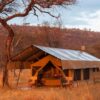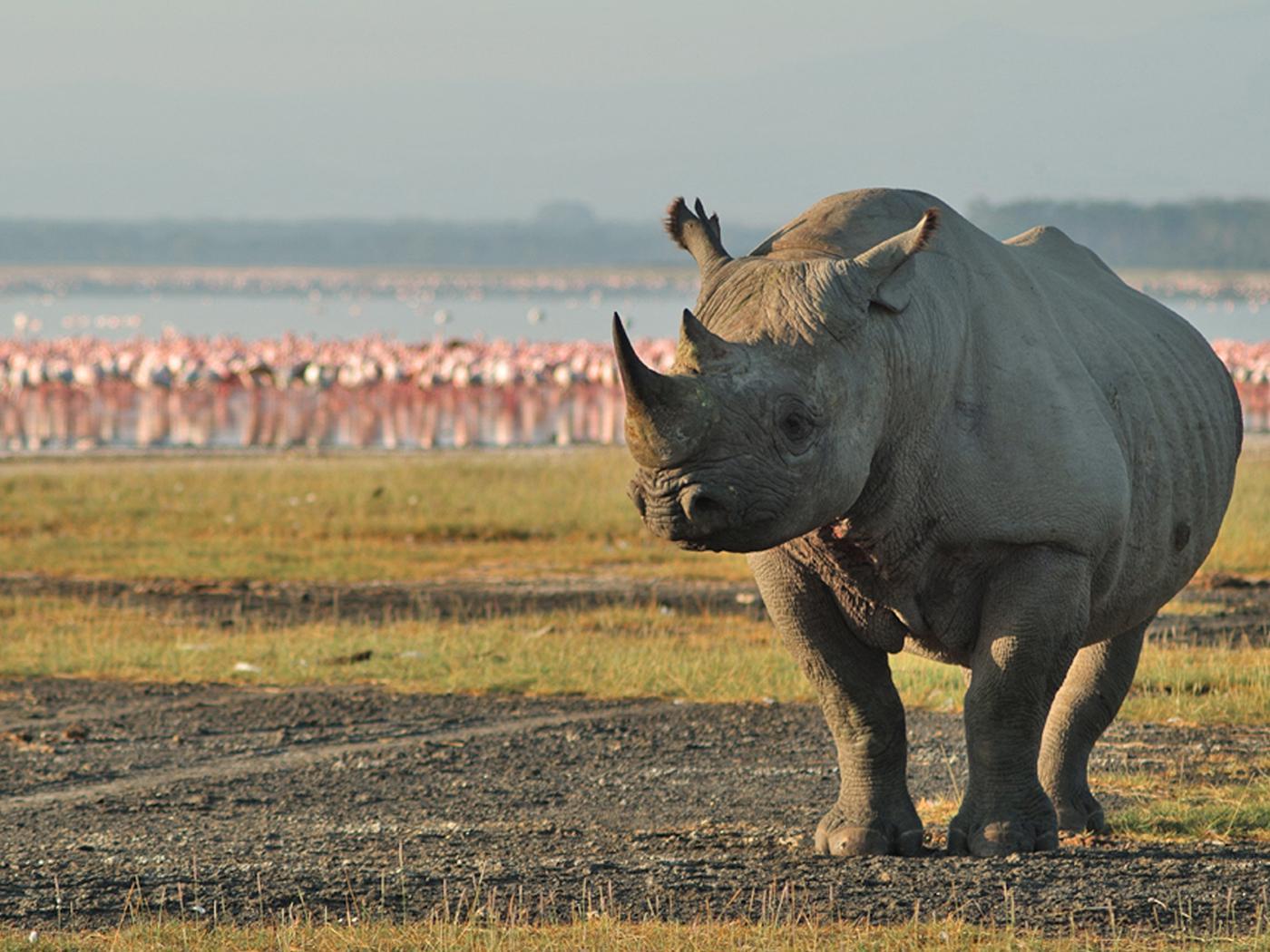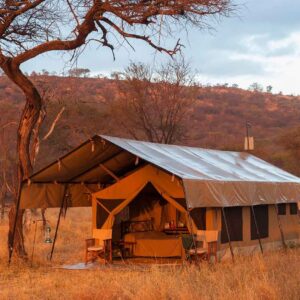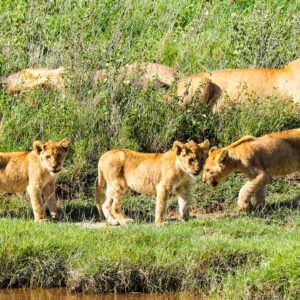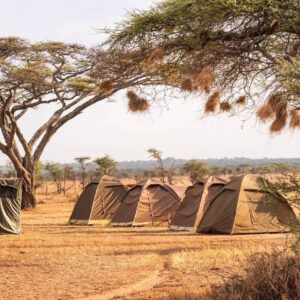9 Day Camping Safari Tanzania to lake Natron , Lake Manyara, Serengeti National Park, Ngorongoro Crater and Tarangire National Park.
$1,290.00
Our best 9 Day Camping Safari Tanzania to lake Natron, Lake Manyara, Serengeti National Park, Ngorongoro Crater, and Tarangire National Park. Your accommodation will be in budget camping sites during your safari (most of the campsites are inside the National Parks except Lake Manyara and Tarangire).
Description
Day 1: arrival – Arusha
Arrive anytime at Kilimanjaro International Airport (JRO). We will arrange a private transfer from Kilimanjaro International Airport (JRO). To Arusha at Arusha Mvuli hotel where the rest of the day is at leisure. We stay at Arusha mvuli hotel which is beautifully located on the coffee farms and is a perfect place to prepare for your adventure. We will gather in the hotel for a pre-safari briefing and an equipment check.
Day 2: Arusha – Tarangire National Park
Pick up from your hotel at 0800 hrs a safari briefing session with our tour officer then drive to Tarangire National Park, for afternoon gamed rives. Tarangire is a small park which offers some excellent sights. Generally in the dry seasons Tarangire comes alive as wildlife and birdlife congregate on the Tarangire River, which is a permanent source of water. Dinner and overnight at Tarangire Wild Parm Campsite.
Day 3: Tarangire – Lake Manyara National Park
Drive to Lake Manyara National Park soon after breakfast for a full day game drives for a full day of game drives. This is one of Tanzania’s smaller parks but still offers a rewarding and diverse safari experience. The lakeshore at Manyara teems with birdlife, and while you are looking for the birds, you might spot one of the elusive tree-climbing lions. There are a surprising number of other large mammals and the striking cliffs on the Rift escarpment form a dramatic backdrop. In the late afternoon we make a short journey from the park to our Camp.Dinner and overnight at Kudu Campsite
Day 4: Lake Manyara – Lake Eyasi Visit Local tribes Tindiga,Hadzabe and Bushman
Lake Eyasi is just about an hour drive south-west of Karatu and the Ngorongoro Conservation Area. Lake Eyasi is a mildly alkaline lake about 55km long; to the north-east you can see the Ngorongoro Highlands and to the north are the plains of the Serengeti; around 150 years ago when the warlike Masai tribes invaded Ngorongoro and Serengeti, the Datoga and other indigenous Bushmen lived there were driven south. Many of these groups founded the Lake Eyasi area their home.
There is several good quality, private campsites are located in the forest clearings by the lake. Each provides a grassy pitch, shower and toilet facilities constructed mainly from local materials.
Lake Eyasi’s principal source of water is the Sibiti River, which enters the southwestern end. The river may continue to flow all year round in wetter years and all the other inflows disappear in the dry season.
Seasonal variations in the lake are large even though the northwestern shore is constrained by the Serengeti Plateau. During the dry season the lake can almost entirely disappear. The lake is also a seasonal stop for migrating flamingos. Over 100 years ago when the stronger Masai tribes moved into the Ngorongoro and Serengeti, the Datoga and other indigenous bushmen lived there were pushed south. Many made Lake Eyasi and its surrounding bush and forests their home. Dinner and overnight at Lake Eyasi Campsite
Day 5: Lake Eyasi – Serengeti National Park
We head towards the Serengeti National Park with packed lunches and proceed for game drives as we proceed to Ikoma Bush Camp for dinner and overnight stay . In December, January and February we will normally meet the migration with large herds of wildebeest, zebra, and gazelle. There are always plenty of resident animals, such as giraffe, buffalo, and elephant, and many large predators such as lion, cheetah, and leopard. We return to the Camp for Dinner and overnight at Serengeti Soronera campsite
Day 6: Serengeti National Park.( Full Day)
Full day spent exploring the park in search of the big 5. Morning and afternoon game drives are offered. Dinner and overnight stay at Serengeti campsite
Serengeti is Africa’s most famous and Tanzania’s largest park covering 14,736 sq km and is adjoining with the Masai Mara National reserve in Kenya. With a wildebeest population of about 2 million and several other hoofed species (which include zebra, Thomson’s gazelle, impala, topi, Grants gazelle, Kongoni, Eland, Kirk’s dik dik, klipspringer, roan, Oryx, oribi, waterbuck, buffalo, giraffe and warthog), the Serengeti is sure to attract a string of prey such as lion, leopard, cheetah, hyena, golden jackals and bat eared foxes. Elephants are relatively scarce and the few remaining black rhinoceros are restricts to the Moru Koppies area. Serengeti also offers rewarding bird viewing with ostrich and kori bustard being common, a variety of larks, finches, and raptors can be seen but the most distinctive small bird is the lilac breasted roller. Dinner and overnight at Serengeti Soronera campsite
Day 7: Serengeti National Park to Ngorongoro conservation area via Olduvai Gorge
We start the day with an early morning game drive before heading to Ngorongoro Conservation Area. We visit Olduvai Gorge en troute . It is within this steep sided ravine that Louis and Mary Leakey made some of the world’s most important archaeological discoveries in the 1950s. Here in a small museum we are able to see evidence of our ancestors that have been dated back 2.5 million years. Dinner and overnight stay at Ngorongoro Simba Campsite.
Day 8: Ngorongoro Crater Tour
After breakfast a 4wheel drive vehicle will take you 2000ft down to the crater.
The Ngorongoro Crater is often called ‘Africa’s Eden’ and the ‘8th Natural Wonder of the World,’ a visit to the crater is a main draw card for tourists coming to Tanzania and a definite world-class attraction. The Ngorongoro Conservation Area (NCA) is home of Ngorongoro Crater. It forms some 2.5 million years ago from a volcanic mountain sinking due to inactivity. The crater has evolved into a unique and integral part of Tanzania’s eco-system. S0, the crater is actually a caldera, measures 22.5 km’s across and the rim walls stand 600m high. Views from within and from the rim are breathtaking (as can be seen from the picture). The crater houses 30,000 animals and a large variety of birds.
Day 9: Ngorongoro – Arusha – Departure
After breakfast you will take you to the Kilimanjaro airport or Arusha airport for your international flight back home
What is included?
- Lodge safari according to the itinerary
- Camping safari according to the itinerary
- Transportation in a 4×4 safari vehicle
- Professional, English-speaking guide
- Professional, English-speaking safari cook
- Overnight accommodation according to the itinerary
- Camping equipment (tents, sleeping mats, chairs, tables etc.)
- Meals according to the itinerary
- Mineral water
- All mentioned activities
- All national park fees
- Flight Serengeti National Park – Arusha
What is not included?
- Sleeping bag
- Flights
- Optional activities
- Alcoholic and soft drinks
- Visa fees
- Tips
- Personal spending money for souvenirs etc.
- Travel insurance

